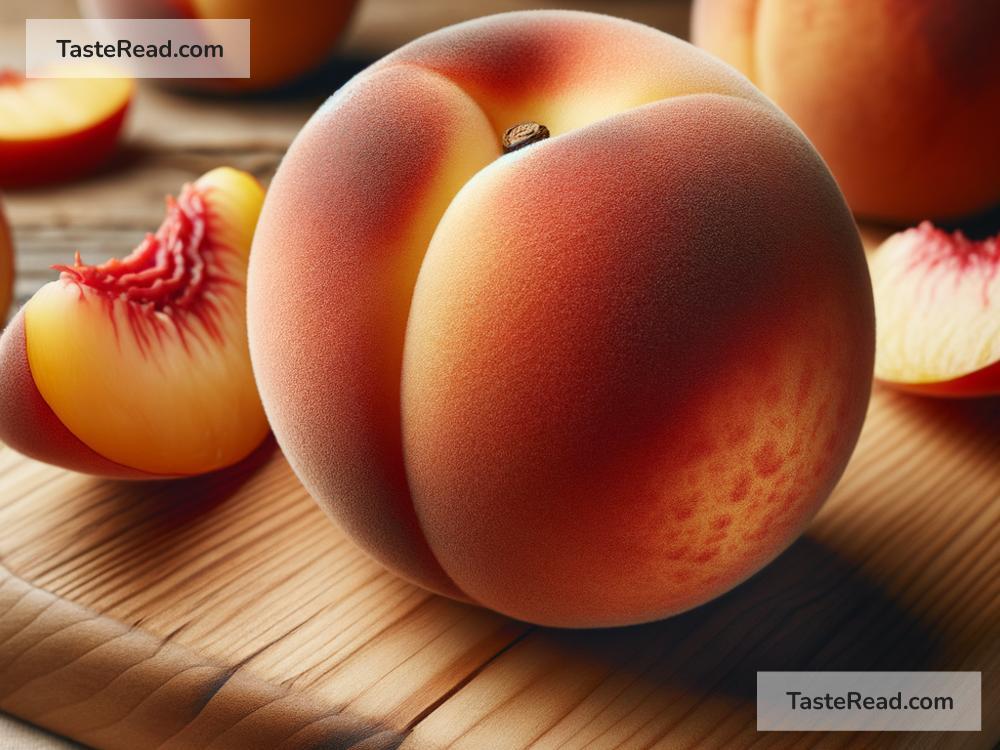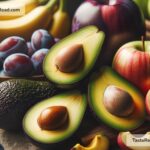How the Ripening Process Impacts the Texture of Soft Fruits Like Peaches
Have you ever bitten into a hard, underripe peach and thought, “What went wrong here?” Now compare that to the blissful experience of biting into a perfectly ripe and juicy peach—the soft flesh, the mouthwatering sweetness, and the delightful aroma. The ripening process plays a big role in transforming peaches and other soft fruits from tough and bland to tender and delicious. Let’s dive into how this fascinating process impacts the texture of soft fruits like peaches, explained in simple terms.
What Is Ripening?
Ripening is a natural process that fruits go through as they mature. It’s like their way of growing up! During this phase, fruits become softer, sweeter, and more flavorful. Ripening makes fruits appealing to humans, animals, and birds—because spreading seeds is how fruits help plants reproduce. This means that fruits, like peaches, are doing us (and the world) a favor by becoming ripe and irresistible.
The Role of Plant Hormones in Ripening
One major player in ripening is a plant hormone called ethylene. Ethylene is kind of like a signal that tells the fruit it’s time to start changing. Think of it like a magical “ripening switch.” Peaches produce ethylene naturally, and this hormone sets off a chain reaction inside the fruit. Once the process begins, the fruit starts breaking down certain compounds that change its texture, taste, and appearance.
What Happens to the Texture During Ripening?
Peaches start off firm when they’re still growing on the tree. That firmness comes from their structure, mainly due to rigid cell walls. These cell walls are made up of substances like pectin, a type of glue that holds the cells together. As the peach ripens, those sturdy walls start to break down in a way that makes the fruit softer and juicier.
Here’s how the texture transformation happens:
-
Breaking Down Pectin:
When ethylene is produced, it activates enzymes in the peach. One of these enzymes is called pectinase, which starts breaking down pectin. As the pectin breaks apart, the peach’s cells loosen, and the fruit feels softer to the touch. -
Water Content Increases:
During ripening, peaches absorb more water and produce juices that fill their cells. This is why ripe peaches are so juicy compared to their firmer, underripe counterparts. -
Cell Wall Degradation:
Another set of enzymes called cellulase helps break down the cell walls even further. This degradation is what turns hard, crunchy flesh into the tender, melt-in-your-mouth texture we associate with ripe peaches.
Changes in Sugar and Acidity
Texture isn’t the only thing that changes during ripening—taste does too! While the peach is softening, starches stored in the fruit are being converted into sugar. This makes the fruit sweet and delicious. At the same time, the acidity level drops gradually, which makes the flavor less sour and more balanced. Combined with the softer texture, these changes in taste make a peach much more enjoyable when it’s ripe.
What Happens When a Peach Is Overripe?
While the ripening process is magical, it doesn’t last forever. If a peach becomes overripe, things start to go downhill. The enzymes break down too much pectin, and the fruit becomes mushy instead of pleasantly soft. At this point, the sugars can change, leading to an overly sweet or fermented taste. Even the juiciness might feel more like wetness than the satisfying burst of juice you get from a perfectly ripe peach. Timing is everything!
How Can You Tell if a Peach Is Ripe?
The texture is one of the easiest ways to check if a peach is ripe. Here’s how to know:
-
Gentle Squeeze Test:
A ripe peach should have a little give when you gently press on it. If it’s hard, it’s not ready yet. If it’s too soft and your fingers sink in, it’s likely overripe. -
Smell Test:
A ripe peach will have a fragrant, sweet scent. If it doesn’t smell like anything, it probably needs more time to ripen. -
Color Check:
Ripe peaches usually have vibrant yellow-orange skin with red tones and very little green. Green means they’re still underripe.
Ripening at Home
Did you bring home peaches that aren’t quite ripe yet? Don’t worry; they can ripen off the tree! Just leave them on your counter at room temperature for a few days. If you want to speed things up, place them in a paper bag with a banana or apple. These fruits produce ethylene gas, which helps peaches ripen faster. (Now that you know about ethylene, this trick makes more sense, doesn’t it?)
Final Thoughts
The ripening process is like nature’s perfect recipe for delicious soft fruits. When peaches ripen, their texture undergoes an amazing transformation—from firm and dry to soft and juicy. Enzymes break down cell walls and pectin, sugar levels increase, and acidity decreases, turning the fruit into a tasty treat. Understanding this process can help you pick and enjoy peaches at their best. So the next time you eat a ripe peach, take a moment to appreciate the science and magic behind its perfect texture!


